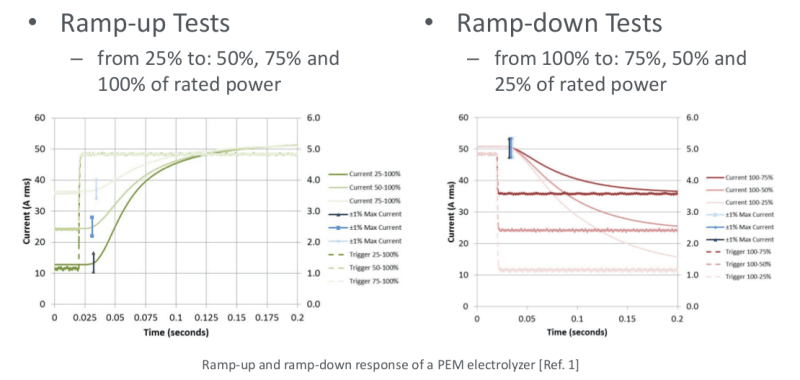oldfieldguy
Electrical
I used to 'know' that one did not use an 1800 RPM (or higher) engine for continuous duty generation.
I have an offshore facility that now has TWO dead 750 kw natural gas fueled generators. Both are forty years old 'big iron' 750 RPM units rated at 750 KW for when this was a major compressor station for an offshore natural gas gathering system. We no longer use it for that.
Total load is in the 200 KW range.
I am looking at replacement, but I'm finding a very small selection of NEW 250 KW units that do not have 1800-RPM engines.
Did we change our ideas about engine RPM in continuous service?
What's the thoughts these days?
old field guy
I have an offshore facility that now has TWO dead 750 kw natural gas fueled generators. Both are forty years old 'big iron' 750 RPM units rated at 750 KW for when this was a major compressor station for an offshore natural gas gathering system. We no longer use it for that.
Total load is in the 200 KW range.
I am looking at replacement, but I'm finding a very small selection of NEW 250 KW units that do not have 1800-RPM engines.
Did we change our ideas about engine RPM in continuous service?
What's the thoughts these days?
old field guy

